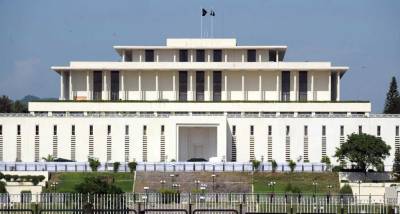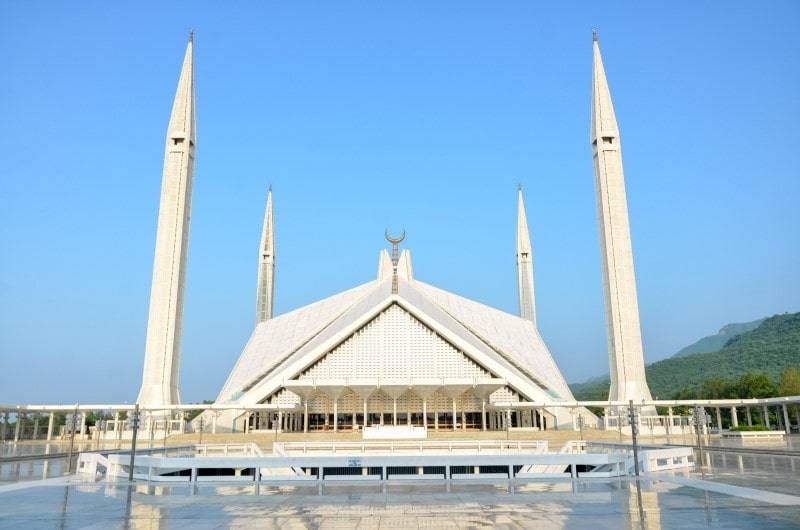Islamabad Capital Area Dec 22-23, 2021
ISLAMABAD The capital city of Pakistan, ninth-largest city in Pakistan, and the Islamabad–Rawalpindi metropolitan area is the country’s fourth-largest with a population of about 3.1 million. Built as a planned city in the 1960s to replace Karachi as Pakistan’s capital, Islamabad is noted for its high standards of living, safety, and abundant greenery.
Eight zones, including administrative, diplomatic enclave, residential areas, educational sectors, industrial sectors, commercial areas, and rural and green areas (several parks and forests, including the Margalla Hills National Park and the Shakarparian.)
The city has the highest cost of living in Pakistan, and its population is dominated by middle and upper-middle-class citizens. The city is home to twenty universities. The city is one of the safest in Pakistan and has an expansive RFID-enabled surveillance system with almost 2000 CCTV cameras.
Islamabad is a marked distinction from the rest of Pakistan: wide streets separated by boulevards planted with flowers and bushes, many parks, palatial houses, and no traffic. It could not be more different than its twin city, Rawalpindi, which is more chaotic than usual.
The following four sites are in a huge natural park in the SW of Islamabad.
The many street lights must drive the locals crazy as each side moves individually, making them very slow often with no traffic moving.
Golra Sharif Railway Museum. In a bucolic setting, this no longer active station was built in 1871. Cross 4 railway tracks to the platform lined with huge trees and benches. The museum is in the old stone station and consists of a small gallery of miscellaneous artifacts, a salon of benches and a table and an old locomotive at the head of a bunch of cars. 400 PR
ASG Zoo. Islamabad Zoo. In the ASG College grounds, this is a well-organized zoo. 100 PR
Pakistan Museum of Natural History. A blue whale skeleton is on the outside. Inside are rather dated exhibits: stuffed animals (many tortoise), and upstairs, dioramas with stuffed animals and birds and a large rock collection. 100 PR
Lok Virsa Heritage Museum. This ethnography museum shows Pakistani tradition, folklore, homes, their contents, and agriculture in a very well-designed space. 800 PR
Pakistan Monument is a national monument and heritage museum constructed to symbolize the unity of the Pakistani people. Its elevation makes the monument visible from across the Islamabad-Rawalpindi metropolitan area and is a popular tourist destination.
Covering 2.8 hectares, it has a petal-shaped structure. The four large petals represent each of the four cultures, the Punjabi, the Balochi, the Sindhi, and the Pakhtun. The three smaller petals represent the minorities, Azad Kashmir and Gilgit Baltistan. They protect the star and the crescent of the flag of Pakistan. The star of the flag in the monument is designed in shiny black granite with golden stars, which represent the people who sacrificed their life for Pakistan. The petals are built of granite (projecting in a suspended cantilever form, among the largest in Asia) and its inner walls are covered with artwork depicting various landmarks of Pakistan. The museum tells the history and the story of the creation of Pakistan. From the air the monument looks like a star (center) and a crescent moon (formed by walls forming the petals), these represent the star and crescent on Pakistan’s flag.
In the NW corner of the park, this is a giant half-dome composed of several “leaves”. Four marble columns sit beside. 250 PR

Rose and Jasmine Garden. This a large grassed area with mature trees, a small rose garden (still with blooms), playgrounds, benches and a flower garden with nothing in flower. Free
Sir Syed Memorial Museum. It houses a history of Pakistan movement in form of stunning murals and large paint canvas. A great attraction for academia, and others.
Supreme Court of Pakistan. Modern Architecture Buildings. Designed by the renowned Japanese architect, Kenzo Tange, in a modernist style complimenting the Parliament Building.
The Court complex judges’ chambers, a separate building consisting of the law library, various meeting spaces, and auxiliary services including a lecture auditorium. There is an Elizabethan-styled Entrance Hall, cafeteria, conference rooms, and a vintage dining hall, that resembles the Victorian era. The Supreme Court Library contains the collection of 72,000 law books, reports, and journals and is situated in the basement.
The public cannot enter the grounds and can only see the building from the road.

This is not open to the public.

Faisal Mosque. The largest mosque in South Asia and the fifth largest in the world. With four towering minarets, it is visible from all over. The huge marble plaza has a sunken fountain. Inside it is a huge square, with a one-piece red carpet and a mihrab consisting of a marble column between an open Koran.

The Centaurus. Modern Architecture Buildings. Is a 36-floor hotel, three 23-floor residential and office towers, and a five-story shopping mall with more than 300 shops.
Play area for children and “The Centaurus Cinema, and the food court all on the 4th floor.
Entry Fee controversy. In what it called a move to avoid ‘over-crowding’, Centaurus Mall in a public notice said visitors will have to buy a coupon to enter the mall, which is adjustable against shopping at the mall on the same day. The public notice listed 23 types of people who will not have to purchase the entry coupons. Those exempted include all women and children under 12, senior citizens, lawmakers and executives, diplomats and foreigners, journalists, and lawyers, members of country clubs, registered engineers, doctors, and teachers. Further, the notice said, “famous players of hockey, cricket, football and golf” and “celebrities” do not have to purchase the entry coupon.
